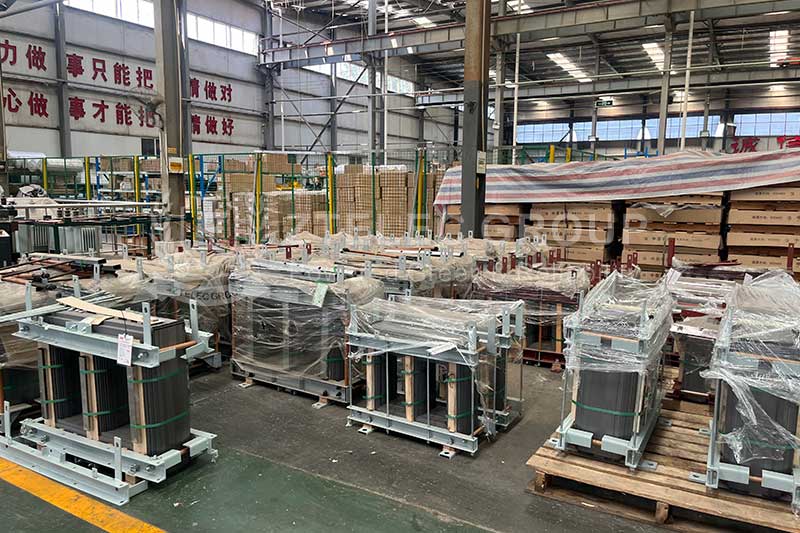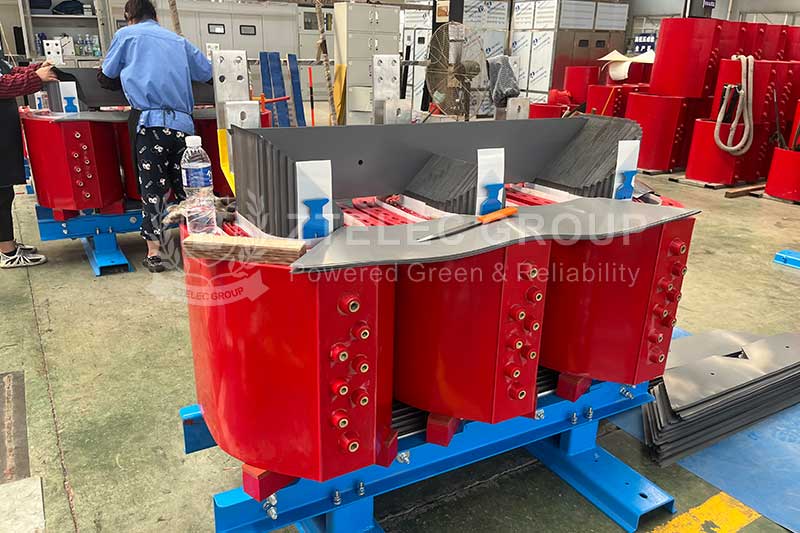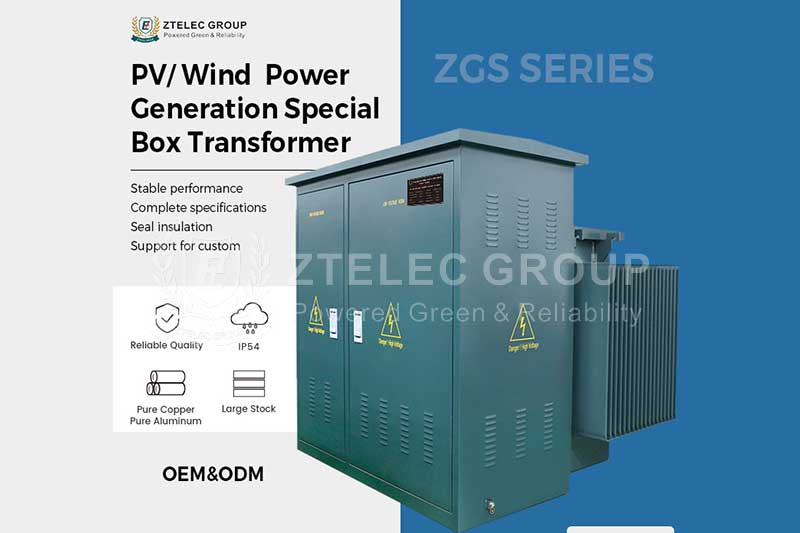The basic principle of low voltage transformer
Time:2024-11-20 Auther:ZTelec-www.ztelectransformer.com
A low-voltage transformer is a device used to reduce voltage. It usually converts high-voltage electricity into low-voltage electricity to meet the power needs of homes, offices and other places.
The basic principle of low-voltage transformer is a device that changes the voltage by electromagnetic induction. Low-voltage transformer mainly composed of primary coil, secondary coil and iron core. When the primary coil is connected to the AC power supply, alternating magnetic flux is generated in the magnetic core. These magnetic flux pass through the secondary coil to produce an output current. This process is a conversion from electricity to magnetism and then to electricity .
The working principle of low-voltage transformers
The working principle of low-voltage transformers is based on the law of electromagnetic induction. When the primary coil is connected to AC power, an alternating flux is generated in the core. These alternating flux are passed through the secondary coil to generate an output current in the secondary coil. Because the number of turns of the primary and secondary coils is different, by adjusting the ratio of turns, the size of the voltage can be changed to achieve the function of boosting or reducing voltage.
Key components and types of low voltage transformers
Low voltage transformers come in various types, each designed for specific applications. Some common types include:
Step-down transformers: These convert high voltage to low voltage, making them suitable for household appliances and electronic devices.
Step-up transformers: These increase low voltage to high voltage, commonly used in power transmission to reduce energy loss.
Isolation transformers: They separate the input and output circuits, providing electrical isolation to prevent current leakage and ensure safety.
These have a shared winding between primary and secondary coils, making them compact and cost-effective for small voltage adjustments.

Practical application of low voltage transformer
1.Household electricity: In household power systems, low-voltage transformers are usually used to convert high-voltage electricity in the grid into low-voltage electricity suitable for use by household appliances. For example, the 220V or 110V mains power is converted into a low-voltage power supply suitable for TV, computer, stereo and other equipment.
2.Office Equipment: Many devices in the office, such as printers, scanners, copiers, etc., also require low-voltage power supplies to power them. Low-voltage transformers convert mains electricity into the low-voltage current required for these devices.
3.Communication equipment: Communication equipment, such as telephone switches, routers, base stations, etc., usually use low-voltage power supplies to power them. These devices have high requirements for the stability of the power supply, so they need to use high-quality low-voltage transformers.
4.Medical equipment: Medical equipment, such as electrocardiogram machines, X-ray machines, B-ultrasound machines, etc., need accurate, stable low-voltage power supply to power. Low-voltage transformers play an important role in medical equipment, ensuring the normal operation of the equipment and the safety of patients.
5.Industrial automation: In the field of industrial automation, many sensors, controllers and actuators require a low-voltage power supply to power them. The low-voltage transformer can convert the high-voltage power supply into the low-voltage power supply required by these devices to achieve the stable operation of industrial automation systems.





